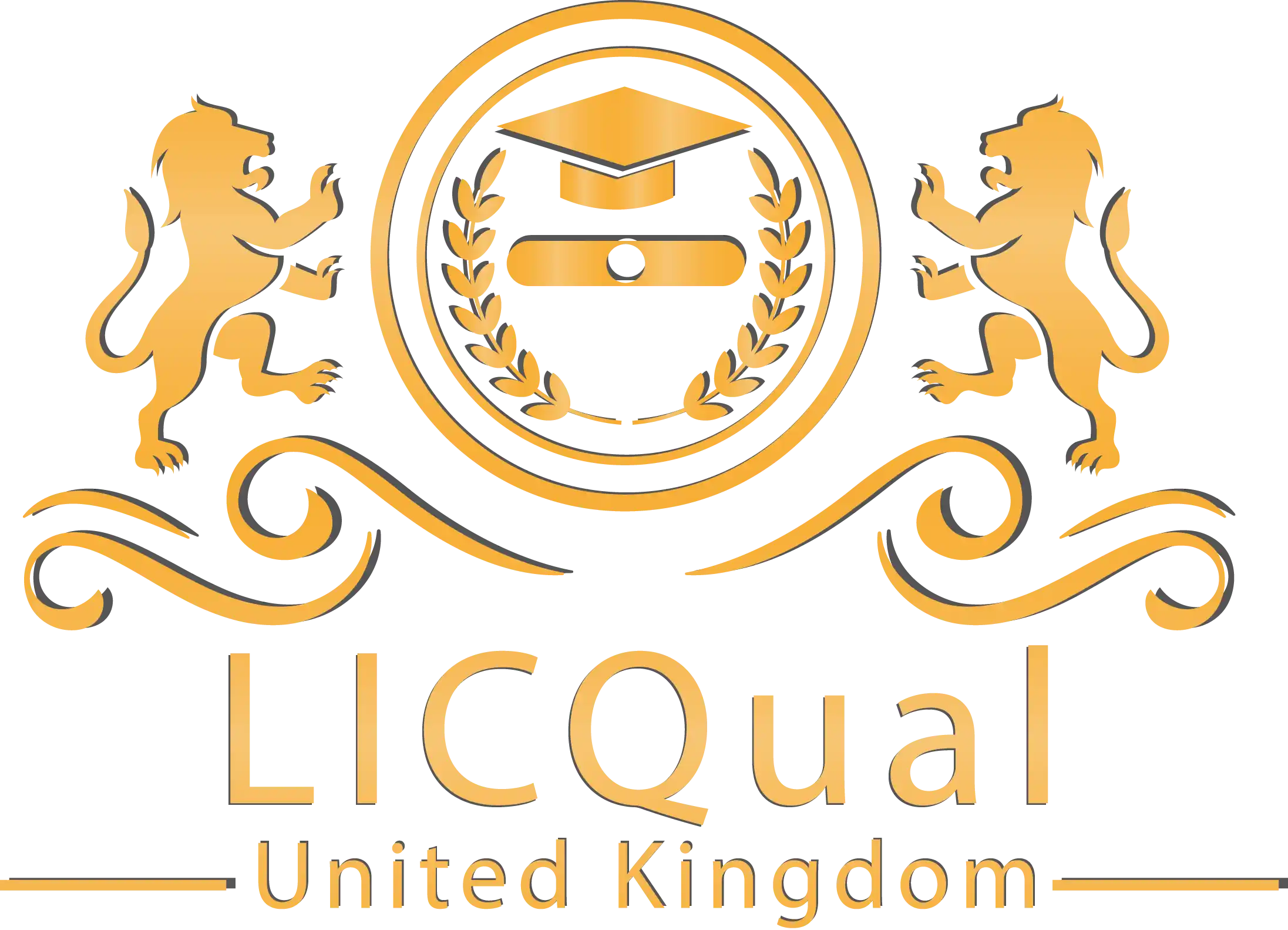Welcome to the LICQual Level 2 Certificate in Fundamentals of OCTAVE Security Risk Management Framework! This course is perfect for professionals looking to advance their knowledge in security risk management and master the OCTAVE (Operationally Critical Threat, Asset, and Vulnerability Evaluation) Framework. As cyber threats continue to evolve, organizations need skilled experts who can effectively assess risks and protect vital assets. Our Level 2 Certificate provides the tools, strategies, and practical skills needed to become a proficient risk management professional.
The Level 2 Certificate in OCTAVE Security Risk Management is designed for individuals who have a basic understanding of risk management and are ready to dive deeper into the advanced methodologies of risk assessment and treatment. Whether you are looking to expand your expertise in cybersecurity, advance in your current role, or enhance your qualifications, this course will provide you with the in-depth knowledge needed to handle complex security challenges.
The LICQual Level 2 Certificate in Fundamentals of OCTAVE Security Risk Management Framework covers 6 in-depth units that take your understanding of the OCTAVE Framework to the next level. You’ll learn advanced risk assessment techniques, gain hands-on experience with security controls, and discover how to assess and manage organizational threats and vulnerabilities.
By the end of the course, you’ll be able to implement and evaluate security measures effectively, apply risk mitigation strategies, and design security frameworks that protect critical assets.
Take the next step in your career and gain the expertise needed to thrive in the ever-growing field of security risk management. Start your journey with the LICQual Level 2 Certificate in Fundamentals of OCTAVE Security Risk Management Framework today!
Course Overview
Qualification Title
LICQual Level 2 Certificate in Fundamentals of OCTAVE Security Risk Management Framework
Total Units
6
Total Credits
18
GLH
72
Qualification #
LICQ2200314
Qualification Specification
To enrol in theLICQual Level 2 Certificate in Fundamentals of OCTAVE Security Risk Management Framework, candidates must meet the following entry requirements:
- Educational Requirements:Applicants should have a basic understanding of risk management principles. It is recommended that candidates have completed a Level 1 Certificate in Security Risk Management or possess equivalent knowledge. A minimum of a high school diploma or equivalent is required to enroll. Additionally, familiarity with fundamental IT concepts and security practices will be beneficial but not mandatory.
- Experience: While prior professional experience in risk management, cybersecurity, or IT is not mandatory, some foundational knowledge or experience in these areas will be advantageous. Individuals who have a basic understanding of risk identification and mitigation strategies are better prepared to fully benefit from this intermediate-level course.
- English Language Proficiency: As the course is conducted in English, candidates should have a proficiency level of at least CEFR Level B2 (Upper Intermediate) or equivalent. This ensures that learners can comprehend course materials, participate in discussions, and complete assessments effectively. Strong reading, writing, and communication skills in English will support successful course completion.
- Age Requirement: Candidates must be at least 18 years of age at the time of enrolment.
|
Qualification# |
Unit Title |
Credits |
GLH |
|---|---|---|---|
|
LICQ2200314-1 |
Introduction to Advanced OCTAVE Framework |
3 |
12 |
|
LICQ2200314-2 |
Risk Assessment Tools and Techniques |
3 |
12 |
|
LICQ2200314-3 |
Design of Security Controls |
3 |
12 |
|
LICQ2200314-4 |
Threat and Vulnerability Analysis |
3 |
12 |
|
LICQ2200314-5 |
Strategies for Risk Mitigation |
3 |
12 |
|
LICQ2200314-6 |
OCTAVE Implementation and Monitoring |
3 |
12 |
By the end of this course, learners will be able to:
Introduction to Advanced OCTAVE Framework
- Demonstrate an advanced understanding of the OCTAVE Framework and its key components.
- Analyze how the OCTAVE framework supports the identification, assessment, and management of security risks in complex environments.
- Apply the OCTAVE methodology to assess risks associated with organizational assets and processes.
Risk Assessment Tools and Techniques
- Identify and use various tools and techniques for conducting detailed risk assessments.
- Implement both qualitative and quantitative risk assessment approaches based on organizational needs.
- Apply appropriate risk assessment methods to evaluate threats, vulnerabilities, and potential impacts on assets.
Design of Security Controls
- Design and implement effective security controls to mitigate identified risks.
- Understand the role of security controls in reducing vulnerabilities and preventing potential threats.
- Develop security control strategies that are aligned with the organization’s risk management goals and compliance requirements.
Threat and Vulnerability Analysis
- Conduct thorough threat and vulnerability analyses to identify potential risks to organizational assets.
- Evaluate the likelihood and impact of identified threats and vulnerabilities.
- Apply risk analysis techniques to assess the potential impact of various threat scenarios on organizational security.
Strategies for Risk Mitigation
- Develop and implement effective risk mitigation strategies to reduce or eliminate identified risks.
- Understand and apply risk treatment strategies such as avoidance, transfer, acceptance, and mitigation.
- Evaluate the effectiveness of mitigation efforts and adjust strategies to address emerging threats.
OCTAVE Implementation and Monitoring
- Implement the OCTAVE framework within an organization to conduct continuous risk assessments.
- Monitor the effectiveness of risk management practices and security controls over time.
- Apply continuous monitoring strategies to ensure the long-term resilience of security frameworks and compliance with evolving regulations.
This diploma is ideal for:
- Professionals looking to deepen their knowledge of security risk management and advance their skills in the OCTAVE Framework.
- Individuals who have completed the LICQual Level 1 Certificate in OCTAVE Security Risk Management or possess equivalent knowledge in risk management.
- IT security professionals, risk managers, and compliance officers aiming to enhance their expertise in managing complex security risks within an organization.
- Those working in roles related to cybersecurity, IT infrastructure, or data protection who want to implement advanced risk assessment techniques and mitigation strategies.
- Managers and team leaders responsible for overseeing risk management processes and seeking to develop more effective risk management frameworks.
- Security consultants and advisors looking to expand their ability to assess and address advanced security threats and vulnerabilities.
- Anyone interested in pursuing a career in advanced risk management or cybersecurity, seeking to improve their qualifications and practical skills in security frameworks.
Assessment and Verification
All units within this qualification are subject to internal assessment by the approved centre and external verification by LICQual. The qualification follows a criterion-referenced assessment approach, ensuring that learners meet all specified learning outcomes.
To achieve a ‘Pass’ in any unit, learners must provide valid, sufficient, and authentic evidence demonstrating their attainment of all learning outcomes and compliance with the prescribed assessment criteria. The Assessor is responsible for evaluating the evidence and determining whether the learner has successfully met the required standards.
Assessors must maintain a clear and comprehensive audit trail, documenting the basis for their assessment decisions to ensure transparency, consistency, and compliance with quality assurance requirements.

